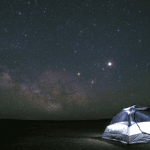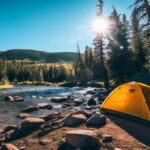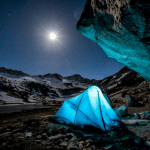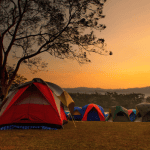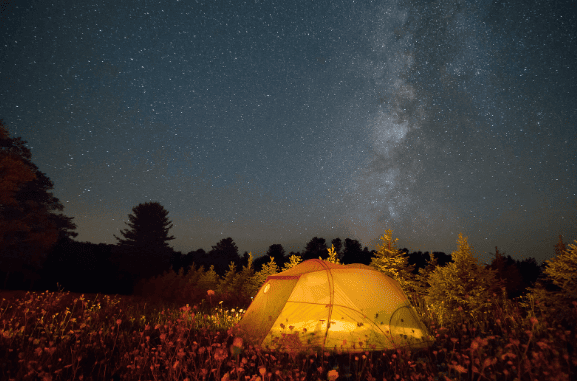
For the adventurous spirit, backpacking offers a sense of freedom like no other. But as you trek through diverse terrains, a heavy pack can slow you down, zap your energy, and even lead to back and shoulder pain. Imagine, then, if you could drastically reduce that weight and still carry everything you need. Welcome to the world of lightweight backpacking – a journey where every ounce counts, but not at the expense of essential items. By following some simple strategies, you can enjoy the great outdoors without the burden of a weighty pack. Let’s delve into six ways to lighten your load without sacrificing the essentials.
Start with the “Big Three”
The backpack, shelter, and sleeping system (bag & pad) are typically the heaviest items. Investing in ultralight alternatives can significantly cut down your pack’s weight.
- Backpack: Look for packs designed specifically for lightweight backpacking. They have fewer pockets and compartments, but they’re made with strong, lightweight materials.
- Shelter: Consider switching to a lightweight tent, tarp, or even a hammock depending on the environment you’re in.
- Sleeping system: Opt for a down sleeping bag, which is lighter than synthetic, and pair it with a compact sleeping pad.
Adopt the Multi-use Philosophy
Why carry two items when one can serve multiple purposes? For instance, a bandana can be a pot holder, sun protector, or a towel. Trekking poles can be used to support a tarp shelter. The more multi-use items you have, the fewer things you’ll need to pack.
Prioritize and Eliminate
Do you truly need that extra pair of jeans or that bulky lantern? Assess every item, ask yourself if it’s essential, and be prepared to leave behind what isn’t. Remember, the goal isn’t to deprive yourself but to carry only what’s necessary.
Repackage and Downsize
Often, it’s not the item itself but its packaging that adds weight. For instance:
- Decant liquids like shampoo or sunscreen into smaller containers.
- Instead of carrying a whole pack of wipes, take only what you’ll need.
- Choose compact versions of gear, such as collapsible bowls or mini stoves.

Go Digital
Technology can be a lightweight backpacker’s friend. Instead of physical maps, books, or guides, use your smartphone. Load it up with digital maps, e-books, and apps that serve multiple functions. Remember to carry a lightweight power bank and optimize your device’s battery usage.
Evaluate After Each Trip
After each adventure, review the contents of your pack. Which items did you use the least? Could you have done without something? This evaluation helps refine your packing strategy for next time, ensuring you get leaner with each expedition.
Opt for Lighter Materials and Technologies
Advancements in technology and design mean outdoor gear is constantly evolving. Materials like Dyneema, for instance, are known for their incredible strength-to-weight ratio. When purchasing new gear, always check for the latest in lightweight materials.
Focus on Food and Water Management
Water is heavy. If you know you’ll be passing water sources regularly, consider carrying less and purifying as you go. Opt for lightweight water filters or purifying tablets. When it comes to food, dehydrated meals or energy-dense bars can reduce weight without compromising your nutritional needs.
Customize Your Gear
Sometimes, store-bought gear might have extra components you don’t need. Perhaps your tent has multiple stakes or your backpack has extraneous straps. By customizing and trimming unnecessary parts, you can shave off extra ounces.
Mind Your Clothing
Opt for versatile, lightweight, and quick-drying clothing. Merino wool, for instance, is lightweight, wicks moisture, and can be worn multiple days without retaining odor. Layers are also key. Instead of a heavy jacket, consider a base layer, a fleece, and a lightweight waterproof shell that can be worn in various combinations. 
Conclusion
Lightweight backpacking is an art that blends practicality with minimalism. By adopting these strategies, not only will you lighten your pack, but you’ll also cultivate a mindful approach to your adventures. Remember, it’s not about deprivation but optimization. As you tread lightly, you’ll find the journey itself becomes more fulfilling, with less strain and more joy in every step. Whether you’re a seasoned backpacker or a beginner, embracing these tips can elevate your trekking experience to a whole new level.

